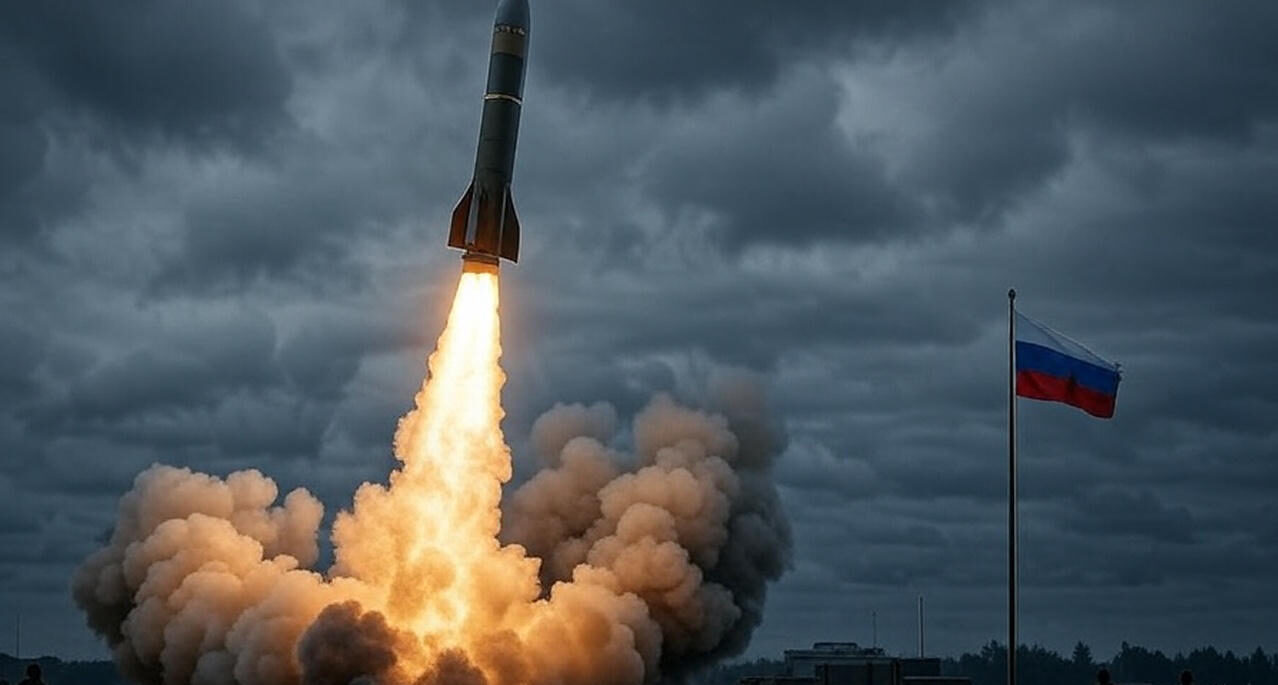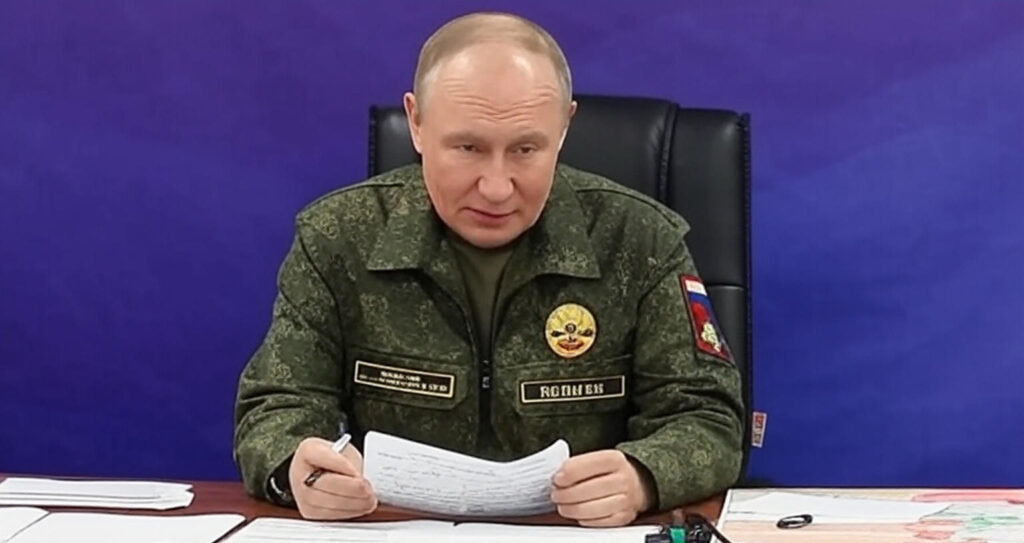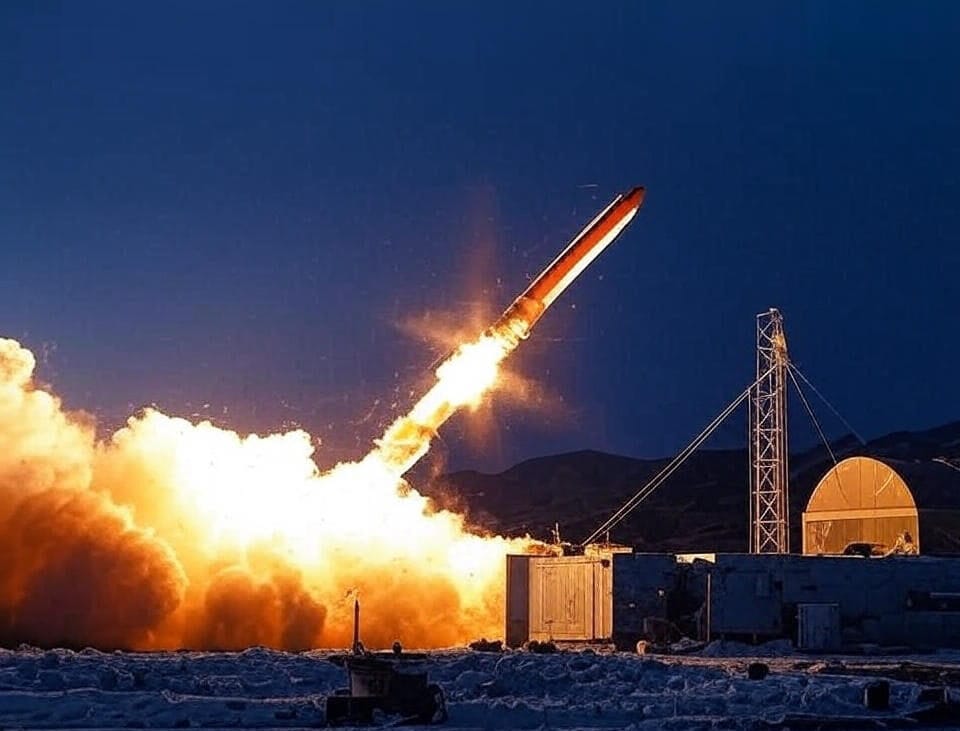
In a development that has sent ripples through international securitAy circles, Russian President Vladimir Putin announced on October 26, 2025, the successful test of the Burevestnik nuclear-powered cruise missile, a weapon long touted as capable of evading global defense systems. Conducted on October 21, the trial saw the missile traverse 14,000 kilometers in approximately 15 hours, underscoring Russia’s advancements in strategic deterrence amid escalating tensions in Eastern Europe. This revelation, shared during a command post visit, not only highlights Moscow’s commitment to modernizing its arsenal but also intensifies global scrutiny over nuclear proliferation and the fragile balance of power in the Ukraine conflict.
Background on the Burevestnik Missile
The Burevestnik, NATO’s codename for the SSC-X-9 Skyfall, represents a cornerstone of Russia’s hypersonic and nuclear innovation efforts. Unveiled by Putin in his 2018 state-of-the-nation address, the missile was presented as a response to perceived threats from U.S. missile defenses. Its nuclear-powered propulsion system promises near-unlimited range and maneuverability, allowing it to loiter indefinitely and strike unpredictably—capabilities that could render traditional interceptors obsolete.
Development Milestones and Challenges
Russia’s pursuit of the Burevestnik has been marked by ambition and setbacks. Initial tests began in the early 2010s, but progress stalled following a catastrophic 2019 explosion during engine trials at Nenoksa, which killed five scientists and released radiation, earning it the moniker “flying Chernobyl” from critics. Despite these hurdles, recent iterations demonstrate resilience, with Putin directing infrastructure preparations for deployment to armed forces.
Key milestones include:
- 2018 Reveal: Putin showcases prototype footage, claiming invulnerability to defenses.
- 2019 Incident: Fatal test failure raises safety concerns over nuclear reactor design.
- 2025 Test: Extended flight confirms endurance, paving way for operational integration.
This timeline reflects Russia’s strategic pivot toward asymmetric weapons, amplifying its geopolitical leverage without conventional superiority.
Details of the Recent Test

The October 21 test, as reported by Chief of the General Staff Valery Gerasimov, involved a nuclear-powered flight that exceeded prior benchmarks. Launched from an undisclosed site, the Burevestnik maintained altitude for 15 hours, covering vast distances while simulating evasion tactics. Putin, addressing Gerasimov in camouflage fatigues, praised the outcome as validation of Russia’s “nuclear shield,” linking it to broader drills involving Yars and Sineva intercontinental ballistic missiles.
Technical Specifications and Claims
Moscow asserts the Burevestnik’s uniqueness stems from its compact nuclear reactor, enabling speeds up to Mach 8 and global reach without refueling. Unlike conventional cruise missiles, its low-altitude, erratic path complicates detection by radar. Gerasimov emphasized that the 14,000-kilometer journey was “not the limit,” hinting at further enhancements. However, Western analysts remain cautious, citing potential reliability issues with the reactor’s exhaust, which could pose environmental and operational risks.
Geopolitical Context and Escalation Fears
This test unfolds against a backdrop of heightened East European volatility, particularly the protracted Ukraine war. Russia’s nuclear posturing aligns with warnings against NATO’s deepening involvement, including U.S. approvals for long-range strikes on Russian territory. Putin’s overtures for nuclear arms talks with the Trump administration coincide with this display, signaling both deterrence and negotiation leverage. As U.S.-Russia relations thaw under Trump, the Burevestnik serves as a reminder of Moscow’s red lines.
Implications for Eastern European Security
The announcement has prompted varied responses:
- NATO Vigilance: Alliance leaders call for enhanced monitoring, viewing the test as escalatory amid Ukraine aid surges.
- Ukraine’s Stance: Kyiv decries it as psychological warfare, urging Western allies to bolster defenses.
- U.S. Perspective: Trump administration officials, informed via diplomatic channels, stress dialogue while dismissing immediate threats.
- Global Nonproliferation Concerns: Experts warn of an arms race, potentially undermining treaties like New START.
Such dynamics exacerbate fears of miscalculation, where routine tests blur into provocative signals, straining the continent’s fragile peace.
International Reactions and Monitoring

Global powers have swiftly mobilized responses to the Burevestnik revelation. The White House, while silent initially, is expected to convene briefings on implications for missile defense. European Union foreign ministers echoed calls for restraint, with France and Germany advocating renewed arms control dialogues. China, a key Russian partner, praised the technological feat without endorsing deployment, balancing ties with nonproliferation commitments.
Broader Ramifications for Arms Control
The test revives debates on nuclear stability:
- Treaty Revival: Opportunities for U.S.-Russia pacts could emerge, focusing on hypersonic limits.
- Environmental Risks: “Flying Chernobyl” critiques highlight fallout dangers from reactor failures.
- Technological Proliferation: Success may inspire similar programs in Iran or North Korea.
International monitoring, via satellite and seismic networks, will intensify to verify claims and track deployments, underscoring the high stakes of this nuclear milestone.
Future Prospects and Strategic Outlook
Looking ahead, Russia’s Burevestnik ambitions signal a new era in deterrence, where endurance trumps speed. Putin has instructed generals to expedite integration, potentially altering force postures by 2026. For the West, this necessitates investments in next-generation defenses, such as directed-energy systems, while pursuing de-escalatory channels. As Eastern Europe navigates these shadows, the test reminds stakeholders that technological edges can either stabilize or shatter the peace.
In summary, the Burevestnik’s successful trial encapsulates Russia’s resolve to maintain nuclear parity, fueling urgent calls for diplomacy amid rising tensions. Stakeholders must prioritize dialogue to avert escalation, ensuring that innovation serves security rather than strife. For ongoing insights into nuclear geopolitics and Eastern European affairs, subscribe to our newsletter.
References
- Reuters: Russia tested new nuclear-powered Burevestnik cruise missile
- ABC News: Russia has tested a new nuclear-capable missile, Putin and top general say
- The Washington Post: Russia has tested a new nuclear-capable missile, Putin and top general say
- ABC News Australia: Russia tests nuclear-powered Burevestnik cruise missile, Vladimir Putin wants to deploy it
- The New York Times: Burevestnik Nuclear Missile Tests Successful, Russia Says
- CBS News: Russia tested a new nuclear-capable missile, Putin says
- The Guardian: Ukraine war briefing: Russia claims test of nuclear-powered missile condemned as ‘flying Chornobyl’
- CBC News: Russia has tested a new nuclear-capable missile, Putin and top general say
- Euronews: Russia claims it tested ‘unique’ Burevestnik nuclear-capable missile
- Bloomberg: Putin Says Nuclear-Powered Cruise Missile Tested Successfully




